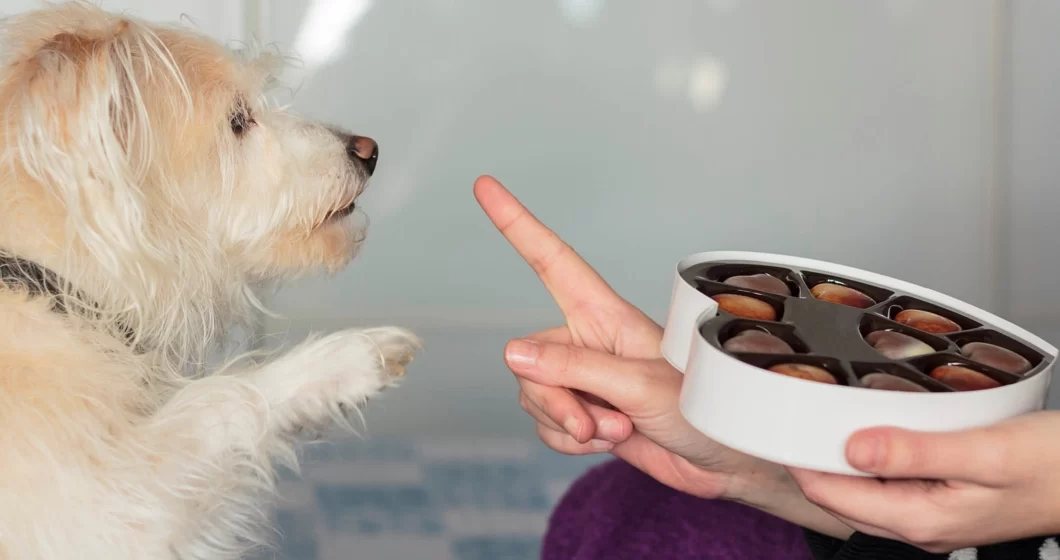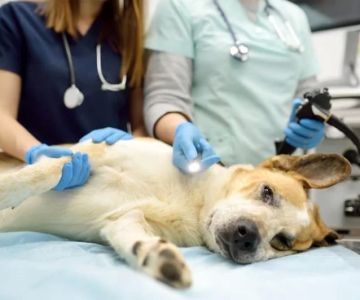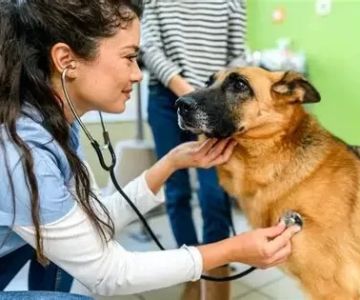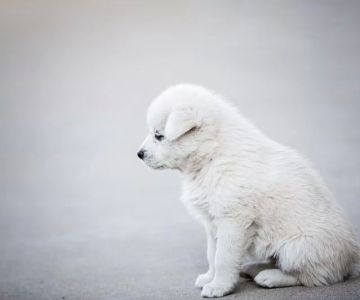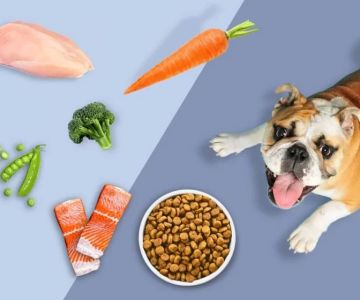How to Prevent My Dog from Eating Chocolate: Essential Tips for Dog Owners
- Understanding Chocolate Poisoning in Dogs
- Recognizing the Symptoms of Chocolate Poisoning
- Why Do Dogs Eat Chocolate?
- How to Prevent Your Dog from Eating Chocolate
- Additional Dog Safety Tips
- Recommended Products to Keep Your Dog Safe
1. Understanding Chocolate Poisoning in Dogs
Chocolate is delicious for us, but it can be dangerous for dogs. The main culprit is theobromine, a compound found in chocolate that dogs cannot metabolize efficiently. While humans can process this substance safely, even small amounts of chocolate can be toxic to dogs. Depending on the type of chocolate, the theobromine levels vary, making some chocolates more harmful than others. Dark chocolate, for example, contains higher levels of theobromine than milk chocolate, posing a greater risk to your dog.
2. Recognizing the Symptoms of Chocolate Poisoning
It's crucial to recognize the signs of chocolate poisoning early to ensure prompt treatment. Symptoms can include vomiting, diarrhea, rapid breathing, increased heart rate, seizures, and even death in extreme cases. If your dog has ingested chocolate, contact a veterinarian immediately, especially if you notice any of these symptoms.
3. Why Do Dogs Eat Chocolate?
Dogs are curious creatures, and they often explore their environment by sniffing and eating things they shouldn't. Chocolate, with its sweet scent and taste, can be very appealing to a dog. Unfortunately, some dogs might not distinguish between what's safe to eat and what isn't. Understanding why dogs eat chocolate can help you prevent such incidents from happening in the future.
4. How to Prevent Your Dog from Eating Chocolate
Preventing your dog from eating chocolate requires vigilance and preparation. Here are some practical tips:
- Keep Chocolate Out of Reach: The most effective prevention is to store chocolate securely, out of your dog's reach. This includes securing chocolate in cabinets and keeping it on high shelves.
- Use Dog-Proof Containers: Invest in sealed containers to store chocolate or other food items that could harm your dog. These containers can make it harder for your dog to access the chocolate.
- Train Your Dog: Basic training can help your dog learn not to eat things they find on the floor. Use positive reinforcement techniques to reward your dog for leaving food alone.
- Supervise Your Dog: When you are eating chocolate or other treats, make sure to supervise your dog. It's always safer to have control over their environment.
5. Additional Dog Safety Tips
In addition to chocolate prevention, here are other tips to keep your dog safe:
- Be Aware of Other Toxic Foods: Chocolate is not the only food that can harm your dog. Grapes, raisins, onions, and garlic are also toxic. Keep all potentially harmful foods out of reach.
- Know the Signs of Illness: Early detection of illness can save your dog's life. Familiarize yourself with common symptoms of poisoning or illness to act fast.
- Regular Vet Check-Ups: Routine visits to the vet help maintain your dog's overall health and provide an opportunity to discuss any concerns about food or safety.
6. Recommended Products to Keep Your Dog Safe
To help prevent accidents and improve your dog's safety, there are several products that can help. For example, you might consider using pet-proofing items like storage bins and high shelves for chocolates or treats. You can also use dog-specific training tools to reinforce positive behavior.
Interested in exploring more products to keep your dog safe from chocolate and other dangers? Visit Hidden Brook Veterinary for expert advice and recommendations.

